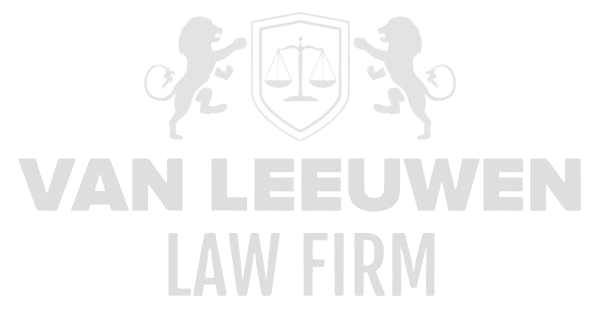Effectively responding to both technological and organizational changes is crucial to keeping an organization agile and competitive. Here are some key steps to respond effectively to these changes:
Continuous Monitoring and Evaluation: Organizations should continuously monitor technological trends and market developments. This includes keeping an eye on new technologies, competitors, and evolving customer needs. By doing so, they can identify potential changes early on.
Agile Work Practices: Adopting an agile approach to project management and organizational development can help in responding quickly to changes. Agile teams can swiftly embrace new technologies and make adjustments in response to feedback and evolving requirements.
Invest in Training and Development: Employees need the necessary skills to understand and use new technologies and processes. Investing in training and development is essential to ensure that staff remains up-to-date.
Foster an Innovation Culture: Organizations should encourage a culture of innovation where employees are incentivized to share new ideas for technological improvements and organizational changes. Recognizing and rewarding innovation can boost motivation.
Collaboration between IT and Business Leadership: IT departments should collaborate closely with senior management and various business units to ensure that technological changes support business objectives. A strategic partnership between IT and the rest of the organization is vital.
Risk Management: Managing risks associated with technological and organizational changes is important. Organizations should identify potential threats and develop plans to manage them.
Customer-Centric Approach: Understanding changing customer needs and expectations is crucial. Technological and organizational changes should be aimed at delivering value to customers and improving customer satisfaction.
Evaluation and Adjustment: After implementing changes, it’s important to evaluate the results and make adjustments as needed. This may involve following an iterative approach and continuing to fine-tune for optimal outcomes.
In summary, organizations need to be flexible and agile to respond effectively to technological and organizational changes. The ability to learn quickly and adapt is a key factor for success in an ever-changing business environment.






